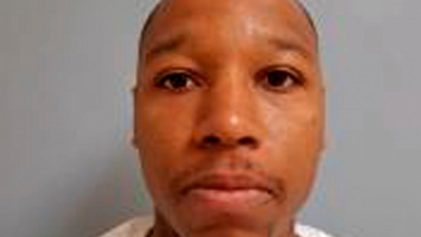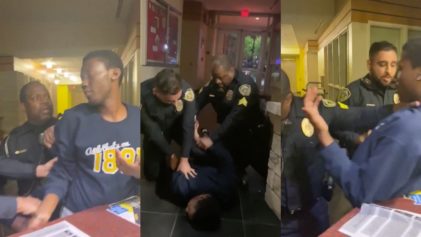
Data from the Home Office in the UK tell the story: Blacks in Britain are three times more likely to have Tasers used against them. Of 36,000 cases between 2010 and 2015, police used Tasers against Black people in more than 12 percent of cases, including those of African-Caribbean and mixed white and African-Caribbean origin, as The Guardian reported. Meanwhile, Blacks are subjected to this law enforcement weapon far beyond their numbers, as they comprise only 4 percent of the national population.
In addition, the data shows an increase in the use of Tasers against children under 18—522 times last year compared to 349 in 2010. In one case, police used a Taser on a 9-year old boy, and in another instance against a 91-year old man.
According to data from the London Assembly, as many as 30 percent of people Tasered by the London police are mentally or emotionally distressed, while half of those Tasered are Black or from other racial and ethnic minority groups. Labour MP Chuka Umunna, a high profile Black lawmaker, has called for an investigation.
“In order to ensure we maintain trust in the police it’s absolutely essential the home secretary orders an immediate investigation to get to the bottom of the dis-proportionality of Taser incidents involving black people,” he said. “The Home Office has some very serious questions to answer on the data it releases. It releases Taser data on an annual basis but has, it seems, deliberately withheld details regarding the ethnicity, age and gender of those involved in these incidents.”
The release of the data comes amid growing tensions between police and communities of color. Further, despite an overall drop in the number of youths in police custody, the percentage of Black youths in jail jumped 37.5 percent, and the proportion of mixed-race youths increased 50 percent between 2012 and 2014.
Activists are left concerned. For example, the Campaign Against Police and State Violence said the police clearly have a problem with Black people, offering that of the 240 complaints against the London Metropolitan police last year, not one was upheld.
“This racial bias cannot be blamed on individual rotten apples, the consistency of disproportionate racist outcomes means that the entire barrel is suspect,” a spokesperson for the campaign said. “Even the head of the Metropolitan Black Police Association last year stated that she believed the police are institutionally racist.”
The group also noted that police use of Tasers in England has resulted in fatalities, meaning that police are disproportionately targeting Blacks with potentially lethal force.
“When you take these figures in context, the conclusion that you come to is that there is a resurgence in systemic, institutionalized racism in the police service, and within the Met police in particular,” Lee Jasper, a race relations activist and former senior policy adviser on equalities to the Mayor of London told The Guardian. “All we need is a bit of hot weather and one inappropriate stop and search or death in custody and we could be looking at a return to [the riots of] 2011.”
The debate over the use of Tasers is hotly contested. The Home Office describes them as “an important tactical option to help specially trained police officers resolve potentially violent situations safely,” according to The Guardian, and this year the Police Federation voted to issue all uniformed officers with Tasers. The National Police Chiefs’ Council claims that police receive “world-class training” and use Tasers only in situations involving violence and impending violence. In contrast, Amnesty International has warned they are potentially deadly weapons, and non-specialist firearms officers should not use them.
As the use of Tasers against Black people in Britain takes center stage, the controversy over the racist use of Tasers in the U.S. has been resurrected, demonstrating the linkages of the oppression of Black people across national boundaries. On Thursday, police in Prairie View, Texas—the town where Sandra Bland was arrested during a traffic stop and found dead in a jail cell three days later—used a Taser stun gun on Jonathan Miller, a city councilman, while he was on his knees. One of the two officers involved in the incident had been involved in the July arrest of Bland. Miller, who is newly elected and voted to rename a street after Sandra Bland, was arrested outside his home while his fraternity brothers were practicing a step dance routine.


